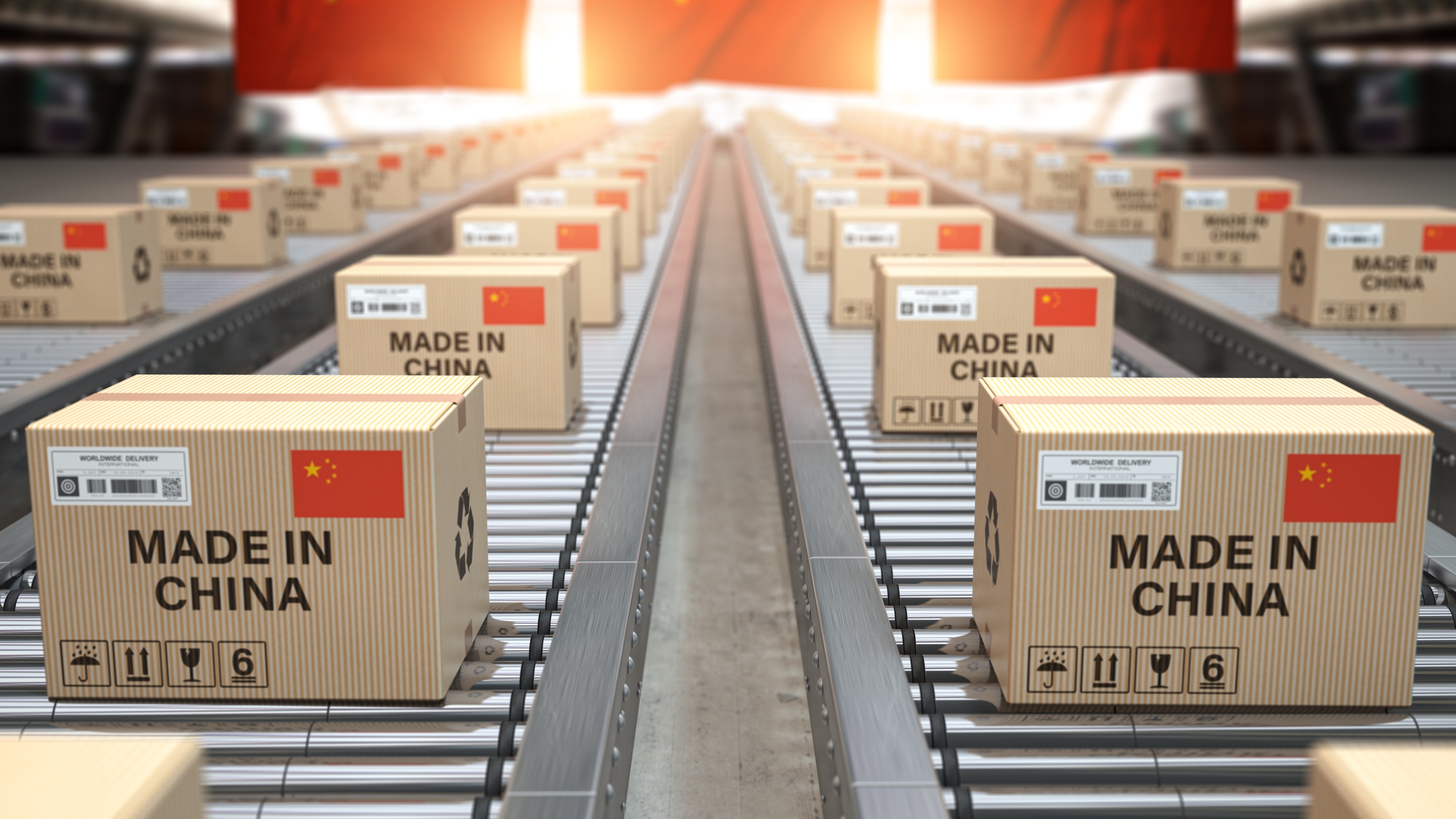Supply Shortages Continue to Plague Healthcare

A lot of the vaccine problems surrounding healthcare products continue to occur, including syringes, many of which are made from polyurethanes and polypropylenes. During the Texas freeze, 14 or the 16 resin manufacturers declared force majeure. They then decided to put all of their customers on equal allocations, without showing preferences to any single customer. We were getting very limited amounts – not enough to meet our normal demand, and were getting only enough to meet 80% of the total volume needed. We were experiencing huge surges in demand for syringes due to the demand for vaccinations, and it was really challenging. However, we got just enough to make it through. We had a lot of product flown from Texas to plants in Nebraska and Spain to keep those plants going.
The resin manufacturers did a great job of doing what they could to meet demand. Our hands were tied, unless you had a DPA order (we had a couple of DPA orders in place), which gave us priority as you were filling orders for the government. But for everything else, we were all on equal playing fields when it came to allocation. Healthcare providers were getting the same amount as toy producers! But the resin manufacturers kept us going. Trucks were arriving and filling inventory that went directly into production, so the plant would keep going!
Resins across the board were impacted, but packaging was his especially badly. One manufacturer noted that “I’ve never seen it so tight. A lot of packaging that is resin based, such as Tyvek, suddenly became in short supply. Dow and Dupont couldn’t get ethylene, which meant we couldn’t get Tyvek, and packaging suddenly became a problem. Rubber and latex from Vietnamese plantations is problematic, and much of the rubber is getting diverted to car tires that is more lucrative than our latex gloves and catheters. A large supplier makes rubber stoppers that are used in syringe and blood collection tubes. We are their largest customer, but we have had challenges getting us rubber stoppers, and we are 60M stoppers behind schedule! We have had a wonderful SRM program with them, and were able to discuss these challenges, and they are starting an Eastern European plant to meet our capacity needs – but this will require a 9-month validation process.”
The Texas shut down caused problems across multiple industries, and supply was tight even before the Texas snow storm. Polyethylene is still not caught up and so much was shut down for so long. Automotive is scooping up everything in sight, and MANY are not sure when they are going to be satisfied with what they have. Resin is booked at full capacity with no end in sight.
McKinsey and Deloitte have been developing some “scary assessments” for their clients, which made many of them realize today that for many, 90% of our product is coming out of China.
“I’m terrified of what will continue to happen. We see supply shortages bubble up and then goes down… right now it feels like it will start to bubble up again. Some companies have moved out of China, but we will continue to be there, but I’m not sure for how long. It is hard to deliver to our operations team, and moving away from China will be tough to do. China’s throughput is more efficient and they have better precision, and we are very invested in China. Companies like Apple can’t take their product operations out and we can’t either, but we are increasingly focused on regional sourcing. We looked at value stream mapping and whether to bring back to the US, but we saw significant margin erosion would be needed to do that. Our operations team aren’t willing to do that – they want more agility but refuse to pay a price increase.
I’ve been on calls with major hospitals who are good customers. But they are angry and want more transparency and want to understand what is driving pricing an delays. I have been educating them on the Texas storm and they are baffled by the inflation that they are facing. We are reluctant to pass on price increases; despite a 58% increase in our resin costs, we are passing on only a 1% price increase, and we will work to deal with it. This is a very challenging time, and is impacting inflation in all commodities across the board. We are anticipating about 3% inflation on direct material spend of $3.4B on direct spend. This adds up, and we are facing a lot of pressures from Wall St to improve margin, and customers will say they will go out to bid if we raise prices. “
This quote illustrates the dilemma with moving away from China. Although healthcare providers are concerned about moving away from Chinese manufacturers, they don’t want to pay extra for local domestic suppliers, even though the promise of greater resilience in the face of a pandemic looms still. It seems as if there has been a complete memory loss of the shortages that existed during the pandemic, as everyone is going back to normal. Price inflation however, is coming from other sources, such as the resin prices and the disruption in feedstocks.


